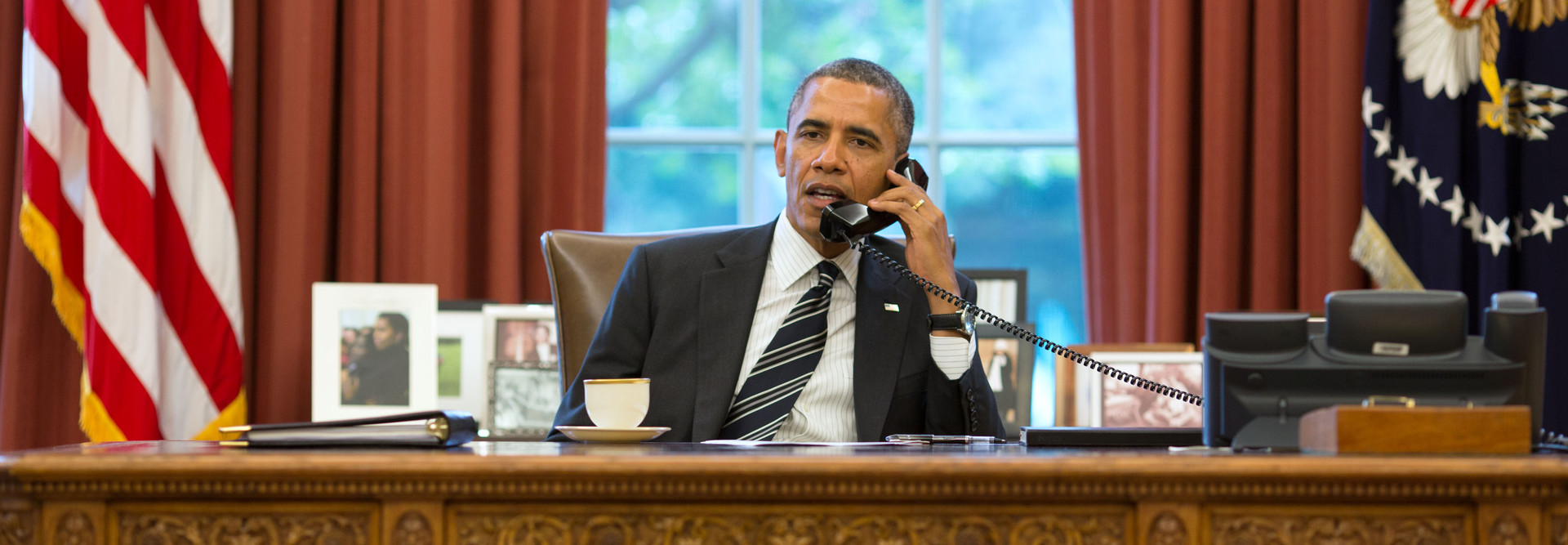Analysts: President Obama’s 2017 Budget to Include Modest IT Spending Increases
President Barack Obama will formally release the final budget proposal of his administration tomorrow, and budget analysts will be scrutinizing the spending request for what it says about the administration’s IT priorities and the groundwork it is laying for the next president.
Federal budget analysts told FedTech that they expect to see a small increase in federal IT spending in the request, which is not a binding document, but one that merely spells out the president’s ideal budget. Additionally, much attention will be paid to some specific IT and digital programs, including the U.S. Digital Service (USDS).
Key Areas of Focus
Tomorrow afternoon, the Office of Management and Budget (OMB) will officially unveil the president’s budget proposal for fiscal year 2017.
Ray Bjorklund, a former federal program manager and policy officer who is now a consultant with market research firm BirchGrove Consulting, told FedTech that the $1.8 trillion omnibus budget deal the White House hammered out with Congress in December likely means that civilian agencies will see more money than they had before. That’s because, as The New York Times reported, the budget deal raised federal spending by $66 billion over previously agreed-upon budget caps.
“There won’t be as much pressure to do budget cuts in civilian agencies,” Bjorklund said. “Civilian agencies made out substantially better” than the Department of Defense, he added.
“I anticipate that in the 2017 budget that we’re going to see some of the sort of same uplift, particularly in the civilian agencies, but just a little bit more in defense,” he said.
Deniece Peterson, director of federal industry analysis at Deltek, told FedTech that she expects around 75 percent the 2017 federal IT budget to be set aside for operations and maintenance, or O&M, which means a program or technology is being maintained as it is and not upgraded.
Around 25 percent could be set aside for development, modernization and enhancement (DME), Peterson said.
“Everyone knows that that balance is off,” Peterson said, adding that there could be “money that comes out of the O&M budget that might be for new projects as well.”
However, Peterson said there could be more funding used for DME. If that happens, she said, “it would signify that they are trying to make more room in the budget to usher in new technologies.”
Those new technologies include analytics, Big Data, the cloud and more advanced cybersecurity solutions. “It indicates that they are trying to shift from the legacy stuff to the stuff that is going to take them into the future, missionwise,” Peterson said.
Bjorklund added that he does not think there will be much change to the O&M portion of the federal IT budget. “Some of the technology has started to create payoffs,” he said. “It’s made it easier both to maintain the systems and to operate them.”
Contractors sometimes complain because the budget allocations for IT contracts go down, Bjorklund said; he reminds the contractors that that happens because they were successful, and that technology has allowed agencies to cut costs.
Bjorklund said he would be waiting to see whether new money will be dedicated to large-scale investments at agencies like the IRS and the Social Security Administration. The IRS, in particular, is “facing some serious computer problems again,” Bjorklund noted.
As Cleveland.com reported, the IRS had a system outage last week that left the agency unable to process electronic filings for tax returns, just as tax season started to heat up.
Bjorklund said there are several large agencies that have been looking to deploy interactive voice-response systems for customer service centers as well as technology for processing large amounts of data so that the agencies can “better serve the constituents without having to have a cast of thousands.”
Laying the Foundation for the New Administration
Peterson and Bjorklund are keenly watching how much funding the 2017 budget dedicates to the USDS, a group of engineers, designers, writers, product managers, researchers and procurement experts focused on enhancing the delivery of federal services through digital technology.
Bjorklund said that several agencies got some funding — in the mid-single-digit millions of dollars — in the fiscal 2016 budget for digital services. “I just don’t see the agencies getting much traction, despite what the White House would want them to do,” with that level of funding, Bjorklund said.
Peterson said she is waiting to see how much the budget funds shared services, of which USDS is one example. Agencies have been directed to developer digital services teams, and the USDS might go down as one of the Obama administration’s lasting IT legacies.
“How are they going about shoring up these initiatives, like digital services?” Peterson asked. She noted that program managers and agency leaders often “try to kick the can so far down the road that it doesn’t make sense to change it when a new president comes in.”
“How are they digging the roots deep enough so that a new administration wouldn’t come in and change it?” Peterson said. “Having said that, what we’ve seen historically is IT is one of those areas that is much more insulated. It’s not well understood. And it’s not the first priority when a new administration comes in. They rely on what’s there. Then they start to look. IT is not really politicized.”









